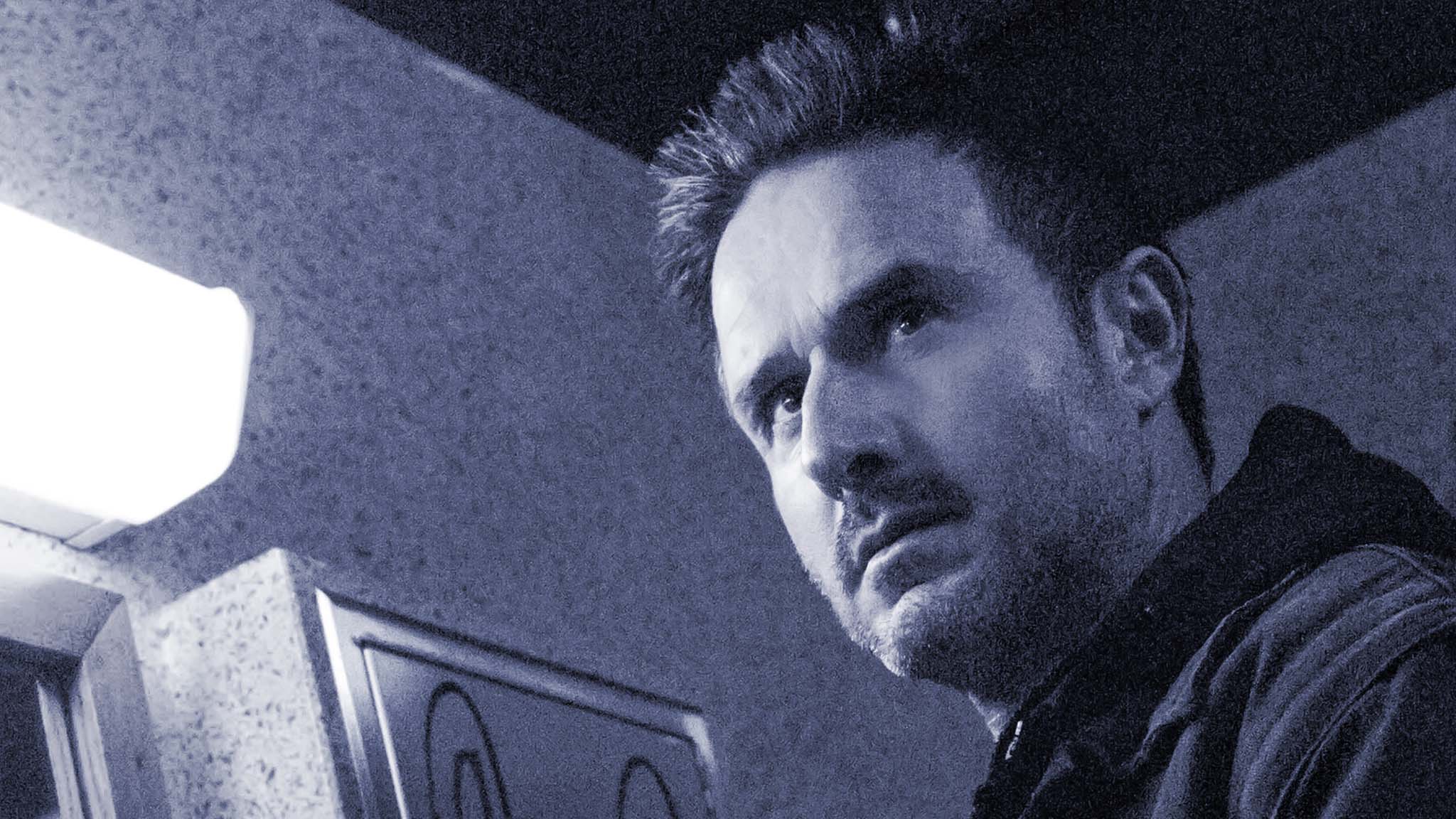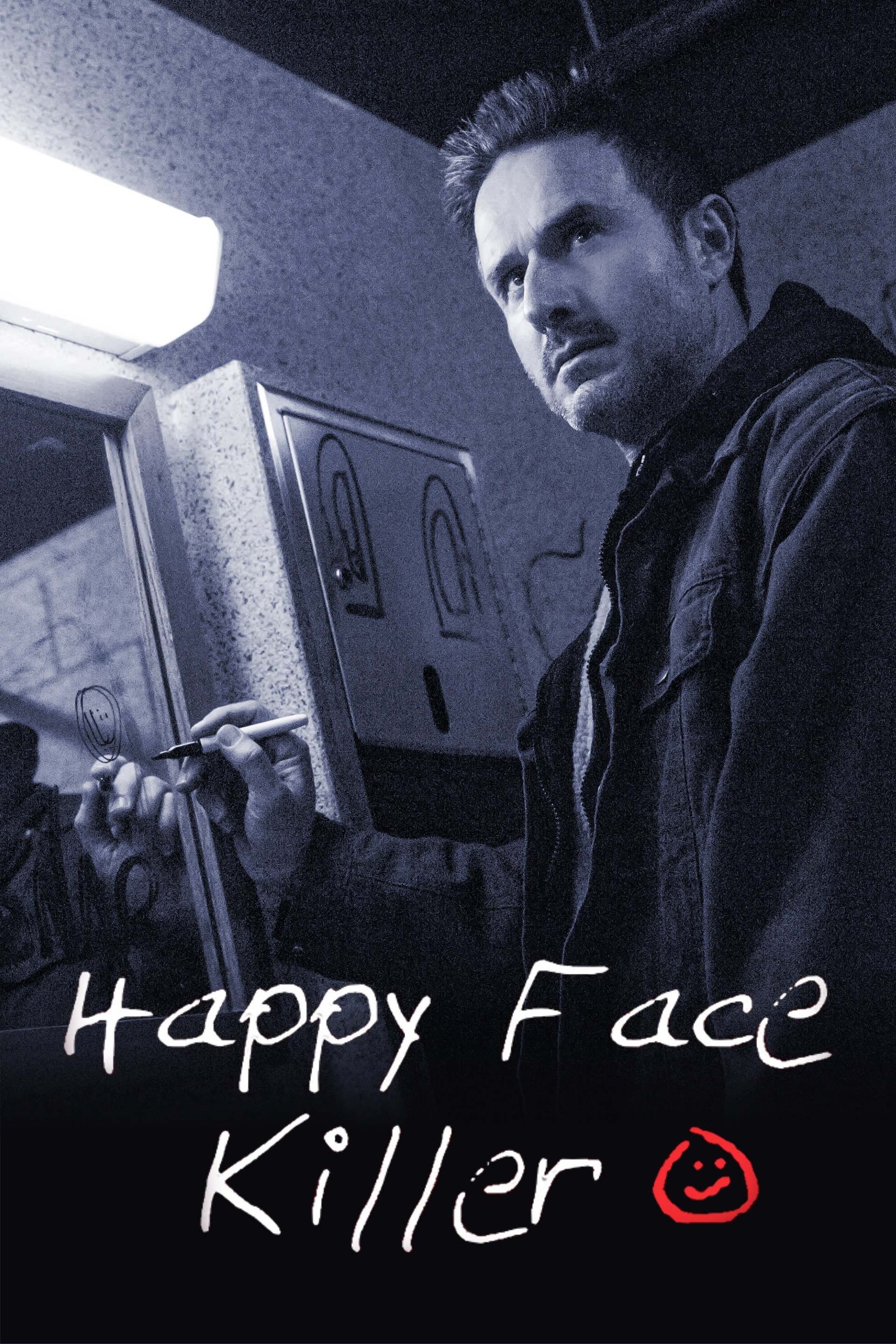Unveiling The Mystery Of The Happy Face Killer
Back in the late '80s and early '90s, the world was shocked by a sinister case that left investigators baffled. The Happy Face Killer, a name that sends chills down your spine, emerged as one of the most infamous serial killers in modern history. But what makes this case so unique? Well, buckle up, because we’re diving into the chilling world of the Happy Face Killer, where smiles mask horrors unimaginable. This story isn’t just about crime—it’s about the psychology behind the darkness lurking beneath the surface.
The Happy Face Killer, whose real name is Douglas Young, has become a symbol of the twisted nature of human behavior. Imagine this: a man who leaves smiley face symbols at crime scenes, almost as if he’s mocking the system, the police, and even the victims. It’s a case that’s as bizarre as it is terrifying, and it continues to intrigue true crime enthusiasts worldwide.
So, why should you care about the Happy Face Killer? Beyond the macabre fascination, this story sheds light on the complexities of criminal profiling, the challenges faced by law enforcement, and the importance of understanding the psychology behind such heinous acts. Stick around, because we’re about to unravel the layers of this chilling tale.
Who is the Happy Face Killer?
Biography and Background
To truly understand the Happy Face Killer, we need to delve into his past. Douglas Young, born on July 19, 1963, in Vancouver, Canada, grew up in a seemingly normal environment. But beneath the surface, there were signs of a troubled soul. Young’s childhood wasn’t exactly a bed of roses, and some speculate that early traumas may have contributed to his later actions.
Here’s a quick glimpse into his background:
| Full Name | Douglas Young |
|---|---|
| Birth Date | July 19, 1963 |
| Birth Place | Vancouver, Canada |
| Known Alias | Happy Face Killer |
| Victims | At least 15 young women |
But it’s not just about the numbers. What makes Douglas Young stand out is his chilling signature: a smiley face symbol left at crime scenes. It’s like he’s taunting the world, daring anyone to catch him.
Understanding the Crimes
Crime Patterns and Modus Operandi
The Happy Face Killer’s crimes were meticulously planned, leaving investigators scratching their heads. His victims were predominantly young women, and the method of operation was eerily consistent. Young would lure his victims with promises of work or companionship, only to turn their lives into nightmares.
- Victims were often found in remote locations.
- Each crime scene featured the infamous smiley face symbol.
- Young showed no remorse, almost as if he thrived on the fear he instilled.
Psychologists have long debated the reasons behind his actions. Some argue it’s a form of psychological warfare, while others believe it’s a manifestation of deep-seated anger and frustration. Either way, the Happy Face Killer’s crimes remain some of the most perplexing in history.
The Role of Law Enforcement
Challenges Faced by Investigators
When it comes to the Happy Face Killer, law enforcement faced a mountain of challenges. The lack of concrete evidence, combined with Young’s cunning nature, made it nearly impossible to catch him in the act. Investigators were forced to rely on witness testimonies and forensic analysis, but even those avenues proved elusive.
Here are some of the challenges they faced:
- Victims were often from marginalized communities, making it harder to gather reliable information.
- The smiley face symbol was both a clue and a distraction, leading investigators down numerous dead ends.
- Young’s ability to blend into society made him nearly invisible.
Despite these hurdles, the dedication of law enforcement eventually paid off. But the journey was far from easy, and it serves as a reminder of the complexities involved in solving such cases.
Psychological Insights
What Drives the Happy Face Killer?
Understanding the psychology behind the Happy Face Killer’s actions is crucial. Douglas Young wasn’t just a random killer—he was a calculated predator who thrived on the chaos he created. Psychologists have identified several key factors that may have contributed to his behavior:
- A history of trauma and neglect during childhood.
- A desire for control and power over others.
- An inability to form meaningful relationships, leading to a warped sense of intimacy.
These insights help paint a picture of a mind consumed by darkness, yet they also offer a glimmer of hope. By understanding the psychology behind such crimes, we can work towards prevention and rehabilitation.
Public Reaction and Media Coverage
The Impact on Society
The Happy Face Killer’s crimes sent shockwaves through society, sparking widespread fear and outrage. Media coverage played a significant role in shaping public perception, often sensationalizing the details to capture attention. While this brought the case to the forefront, it also raised ethical questions about how such stories are portrayed.
Here’s a look at the impact:
- Increased awareness about the dangers faced by young women.
- Debates about the role of media in true crime stories.
- Efforts to improve law enforcement strategies in dealing with serial killers.
The Happy Face Killer’s story continues to resonate, serving as a cautionary tale about the dangers lurking in our midst.
The Capture and Aftermath
How Did They Finally Catch Him?
The capture of Douglas Young was a testament to perseverance and collaboration. After years of investigation, a breakthrough finally emerged. Forensic evidence, combined with a tip from an unlikely source, led authorities straight to Young’s doorstep. But the journey didn’t end there. The aftermath of his capture revealed even more chilling details about his life and crimes.
Here’s what happened next:
- Young confessed to his crimes, providing investigators with valuable insights.
- Psychological evaluations shed light on his motivations and thought processes.
- The case served as a learning experience for law enforcement agencies worldwide.
While justice was served, the scars left by the Happy Face Killer’s actions remain a painful reminder of the fragility of human existence.
Lessons Learned
What Can We Take Away from This Case?
The Happy Face Killer’s story offers valuable lessons for society as a whole. It highlights the importance of education, awareness, and collaboration in combating crime. By understanding the root causes of such behavior, we can work towards creating a safer world for everyone.
Here are some key takeaways:
- Early intervention and mental health support can prevent the escalation of violent behavior.
- Law enforcement agencies must adopt innovative strategies to tackle complex cases.
- Communities play a crucial role in reporting suspicious activities and supporting victims.
These lessons are more relevant today than ever before, as we continue to grapple with the challenges posed by modern crime.
Future Implications
Preventing the Next Happy Face Killer
As we look to the future, the question remains: how can we prevent the emergence of another Happy Face Killer? The answer lies in a multi-faceted approach that addresses the root causes of violent behavior. From improving mental health services to fostering community engagement, there’s much we can do to create a safer world.
Here’s what needs to happen:
- Increased funding for mental health initiatives.
- Enhanced collaboration between law enforcement agencies.
- Public education campaigns to raise awareness about the dangers of serial crime.
While the Happy Face Killer’s story is a somber reminder of humanity’s darker side, it also serves as a call to action. Together, we can work towards a future where such tragedies are a thing of the past.
Conclusion
In conclusion, the Happy Face Killer’s story is one of darkness and intrigue, but it also offers valuable lessons for society. From understanding the psychology behind such crimes to improving law enforcement strategies, there’s much we can learn from this chilling tale. So, what’s next? Share your thoughts in the comments below, and don’t forget to check out our other articles for more insights into the world of true crime.
Stay curious, stay safe, and remember: knowledge is power. Keep the conversation going, and let’s work together to create a safer world for everyone.
Table of Contents
- Who is the Happy Face Killer?
- Understanding the Crimes
- The Role of Law Enforcement
- Psychological Insights
- Public Reaction and Media Coverage
- The Capture and Aftermath
- Lessons Learned
- Future Implications
- Conclusion



Detail Author:
- Name : Austin Rath DVM
- Username : keanu.carter
- Email : magdalena.hamill@gmail.com
- Birthdate : 1970-01-25
- Address : 7206 Hoppe Key Apt. 491 North Dee, AK 73277
- Phone : (540) 974-8951
- Company : Douglas-Paucek
- Job : Chef
- Bio : Corrupti facere quos ratione rerum consectetur. Molestiae pariatur perspiciatis est placeat. Molestias facere eum aut officia.
Socials
instagram:
- url : https://instagram.com/calehintz
- username : calehintz
- bio : Nisi cupiditate aut voluptatem accusamus rem. Culpa vel aspernatur in.
- followers : 1420
- following : 1327
facebook:
- url : https://facebook.com/cale_id
- username : cale_id
- bio : Aliquam iusto est voluptas et magni voluptas.
- followers : 1243
- following : 898
tiktok:
- url : https://tiktok.com/@hintzc
- username : hintzc
- bio : Asperiores animi placeat ipsa alias.
- followers : 5069
- following : 1949